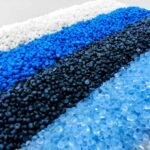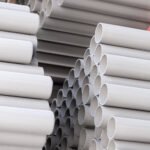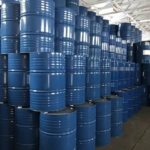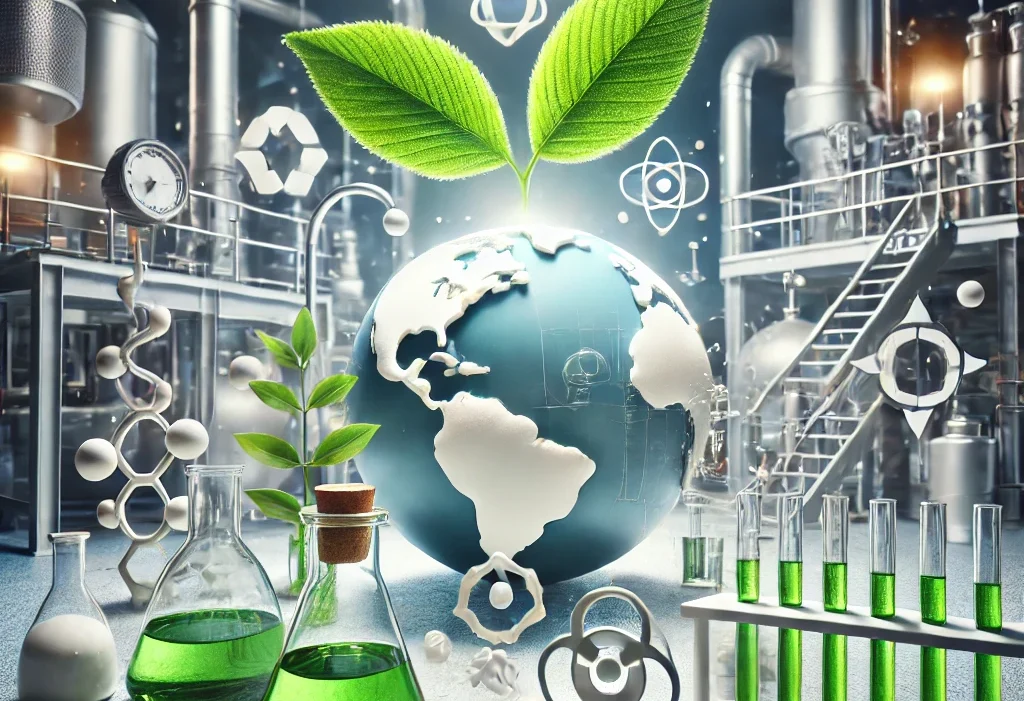Environmentally Friendly: A Comparison of Different Blowing Agents (BAs)
Blowing agents (BAs) are essential components in the production of polyurethane foams, enabling the creation of lightweight, insulating, and versatile materials used across various industries. However, with rising environmental concerns, it is crucial to evaluate the environmental impact of different blowing agents and identify eco-friendly options. This blog explores the types of blowing agents, their environmental implications, and how they contribute to sustainable polyurethane production. For high-quality polyurethane solutions, contact Emirachem – your trusted partner for eco-friendly polyurethane raw materials.
What Are Blowing Agents?
Blowing agents are chemical compounds or gases used in the manufacturing of polyurethane foams to create the cellular structure. These agents introduce gas bubbles into the polymer matrix, resulting in the lightweight and insulating properties of polyurethane foams. Blowing agents are critical in applications like insulation, packaging, automotive seating, and more.
Types of Blowing Agents
Blowing agents are broadly classified into two categories based on their chemical nature and environmental impact:
1. Physical Blowing Agents
These are inert gases or volatile liquids that vaporize during the foam expansion process. Examples include:
- Hydrocarbons (HCs): Pentane and cyclopentane are commonly used hydrocarbons. They are energy-efficient but have a moderate global warming potential (GWP).
- Hydrofluorocarbons (HFCs): HFC-245fa and HFC-365mfc are popular HFC-based blowing agents. While effective, their high GWP raises environmental concerns.
2. Chemical Blowing Agents
Chemical blowing agents react chemically during the polymerization process to release gases like CO₂. Examples include:
- Water-based Systems: Reacting isocyanates with water generates CO₂, making this an eco-friendly and cost-effective option.
- Hydrofluoroolefins (HFOs): HFOs, such as HFO-1233zd and HFO-1336mzz, are gaining popularity for their low GWP and ozone-friendly properties.
Environmental Comparison of Blowing Agents
Below is a detailed comparison of the major types of blowing agents based on their environmental impact:
| Blowing Agent | Ozone Depletion Potential (ODP) | Global Warming Potential (GWP) | Eco-Friendliness | Applications |
|---|---|---|---|---|
| CFCs | High | Extremely High | Harmful | Phased out under the Montreal Protocol |
| HCFCs | Moderate | High | Limited | Refrigeration and insulation foams |
| HFCs | Zero | High | Moderate | Insulation and refrigeration |
| HFOs | Zero | Ultra Low | Highly Eco-Friendly | Next-gen insulation and foam applications |
| Hydrocarbons | Zero | Low to Moderate | Moderate to Good | Appliance insulation and packaging |
| Water-based | Zero | Negligible | Excellent | Construction and automotive foams |
Key Insights:
- HFOs and water-based blowing agents are the most environmentally friendly options due to their negligible ODP and low GWP.
- Hydrocarbons are an intermediate option, offering lower GWP but with safety concerns due to flammability.
- CFCs and HCFCs are harmful and largely banned due to their significant impact on the ozone layer.
Why Choose Environmentally Friendly Blowing Agents?
Using eco-friendly blowing agents offers numerous benefits:
- Reduced Environmental Impact: Minimize ozone depletion and global warming potential.
- Regulatory Compliance: Align with global standards such as the Montreal Protocol and Kigali Amendment.
- Sustainability Goals: Contribute to a circular economy and sustainable development initiatives.
- Improved Brand Image: Demonstrate commitment to environmental responsibility.
Contact Emirachem for guidance on selecting the best eco-friendly blowing agents and polyurethane materials tailored to your needs.
Applications of Eco-Friendly Blowing Agents
Eco-friendly blowing agents are increasingly used across industries, including:
1. Construction
- Role: Used in rigid polyurethane foams for insulation and energy efficiency.
- Benefit: Reduce energy consumption in heating and cooling systems.
2. Automotive
- Role: Lightweight foams for seating, headrests, and soundproofing.
- Benefit: Lower vehicle weight, improving fuel efficiency and reducing emissions.
3. Packaging
- Role: Protective foams for shipping and storage.
- Benefit: Minimize waste with biodegradable and recyclable options.
4. Appliances
- Role: Insulating foams for refrigerators and freezers.
- Benefit: Improve thermal efficiency while adhering to environmental regulations.
Innovations in Eco-Friendly Blowing Agents
The polyurethane industry is witnessing exciting innovations in blowing agents to meet environmental goals:
- Bio-based Blowing Agents: Derived from renewable resources, reducing dependence on fossil fuels.
- Zero-Emission Blowing Agents: Designed to minimize greenhouse gas emissions during production and usage.
- Recyclable Foam Systems: Incorporating blowing agents compatible with recycling processes.
At Emirachem, we stay at the forefront of these innovations, ensuring our clients receive the most advanced and sustainable solutions.
Why Choose Emirachem?
Emirachem is your trusted partner for high-quality polyurethane raw materials and eco-friendly solutions. Here’s why:
- Wide Product Range: From water-based blowing agents to HFOs, we offer the latest eco-friendly options.
- Expert Guidance: Our team provides tailored recommendations based on your industry and application needs.
- Commitment to Sustainability: We prioritize products that align with environmental standards and practices.
For the best polyurethane products and blowing agents, contact Emirachem today and experience unmatched quality and service.
Conclusion
Blowing agents play a critical role in polyurethane production, but their environmental impact must be carefully considered. By choosing eco-friendly options like HFOs and water-based blowing agents, industries can significantly reduce their carbon footprint while maintaining product performance.
If you’re looking for top-quality polyurethane raw materials and eco-friendly solutions, reach out to Emirachem. Together, let’s build a sustainable future with innovative and responsible chemical solutions.









